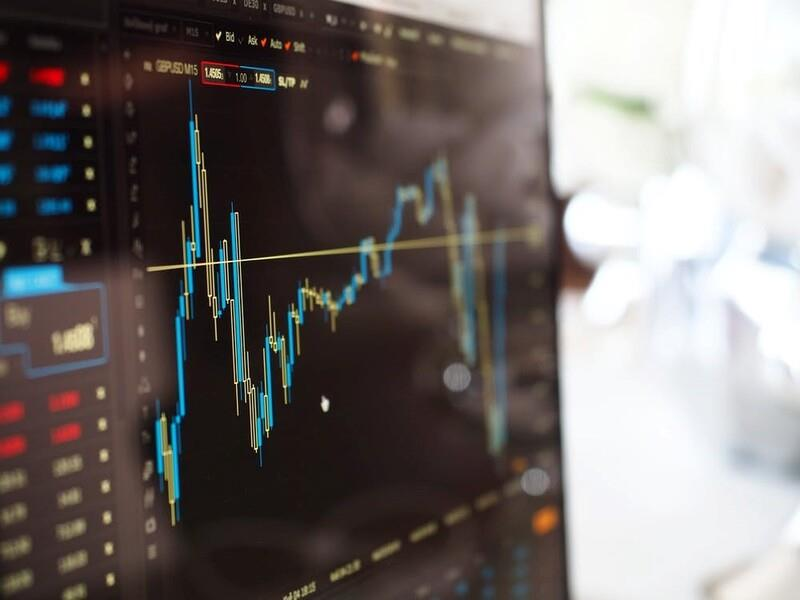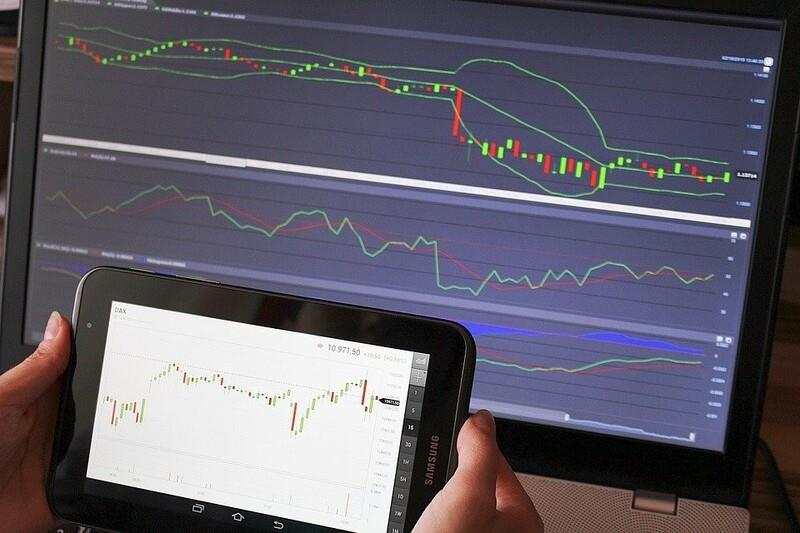To say that 2020 has been a volatile year for financial markets would be an understatement. After all, the background of the pandemic has seen the S&P/ASX 200 plummet in value from highs of 7,144 in February to lows of 4,564 by the end of March. In addition, the index also fell in value by almost 10% on March 16th alone, which represented the biggest one-day fall in decades. Similarly, looking at the forex market, the value of the Australian dollar has risen from lows of 0.58 to the US dollar in March to over 0.74 in November, with wild fluctuations in either direction occurring between.

Source: Pexels
No matter which financial market we analyse, it appears as though trading volatility has been incredibly high throughout 2020. Yet, this doesn’t make it the ‘best’ year for trading volatility. This is because exceptionally high volatility levels in 2020 have meant that many investors have been forced to abandon their trading strategy, diversify their portfolios and look into alternative fintech investment methods such as options trading. With this in mind, let’s take a look at what options trading is and how it can help traders navigate high levels of market volatility.
What is Options Trading?
Options trading gives a trader the right (but not the obligation) to either buy or sell an asset for a set price on any given expiry date. A trader will pay a premium to purchase the option, but on the option’s expiry date, they can either choose to take up their option or let it expire. It also allows a trader to speculate on the future price movement of an asset or financial market and benefit from either rising or falling markets. Because trades are facilitated by trading a contract for difference, a trader never owns the underlying asset, which can be almost any form of assets, such as a share, a commodity or a forex pair.
Why is Options Trading Becoming Popular?

Source: Pexels
Volatility presents traders with opportunities. However, some of these opportunities are only fleeting. For example, the share price of Australia 200 constituent Sandfire Resources NL rose by over 12% on a single day on December 2nd, and the share price of fellow constituent Southern Cross Media Group Ltd rose by 1,326% within November. Both of these examples show how the financial markets can move when volatility levels are as high as they have been in 2020.
Although physical asset holders who invest in shares can benefit from these price changes, buying and selling shares slows the process down and it can be much more difficult to benefit from short-term price fluctuations by doing this. As a result, investing in shares is usually seen as a long-term investment. By contrast, those who purchased a share option to buy at a certain price are investing in the shorter term.
This is because they can benefit more from short-term price fluctuations by exercising their option and buying the asset for less than the current market value on the option’s expiry date. Plus, because share options do not represent an obligation to buy, options holders can walk away from the option and they’ll only lose the premium they paid for initially taking out the option if they decide the investment isn’t right for them because the markets have moved against them.
However, we also have to assess these fluctuations in a falling market, too. After all, because top economists believe that 92.9% of economies around the world will fall into a recession as a result of the coronavirus outbreak, traders must be aware that they’ll often be operating in bear markets. Again, examples of this can be seen from the performance of Australia 200 constituents over the course of the past year. For example, Mermaid Marine Australia Ltd has fallen in value by almost 40% during November and Treasury Wine Estates Ltd fell in value by almost 20% during the last week of November alone.
Although the fact that these companies are losing value is undoubtedly negative for the Australian economy as a whole and is problematic for company shareholders, the news can be positive for options traders who have ‘gone short’ on these companies, as they’re able to profit in falling markets as well as rising ones. This is useful for hedging as part of a diverse portfolio of investments, as options trading can be used to hedge against a drop in the underlying asset of a stock or commodity. This is sometimes known as a ‘put option’. Similarly, some options traders will purchase options, so they have more time to decide whether a trade is right for them. If it isn’t, they can choose to not exercise the option or sell it on to another trader if its premium has increased.
Which Assets are Options Traders Targeting?

Source: Pixabay
Although the above examples are from Australia 200 companies, options allow you to trade on a huge number of markets including forex, shares, stock indices and commodities. As a result of this, options are generally considered to be a flexible form of trading.
Similarly, you can take out options for either the short or the long term. So, while a daily option will expire at the end of the day and may help protect your current investments from short-term volatility caused by things like earnings reports, you can also take out weekly or quarterly options which may be more speculative in nature.
However, the pandemic in 2020 has made some assets more attractive to traders than others. For example, technology companies have been popular investments throughout 2020 because they have facilitated the new work-from-home model and their rising customer base has been reflected by a rising share price. While the search for a vaccine has been in full flow, pharmaceutical companies have seen their share prices skyrocket.
Looking ahead to 2021, many analysts expect the volatility of 2020 to continue while economies across the world battle to roll out a vaccine and open up economies safely. After all, until the vaccine is successfully distributed, social distancing measures, mask mandates and rolling lockdowns are still possible and investors must consider their portfolios and hedge against the uncertainty this volatility will cause. Options trading could be one way of doing just that.



Comments (0)